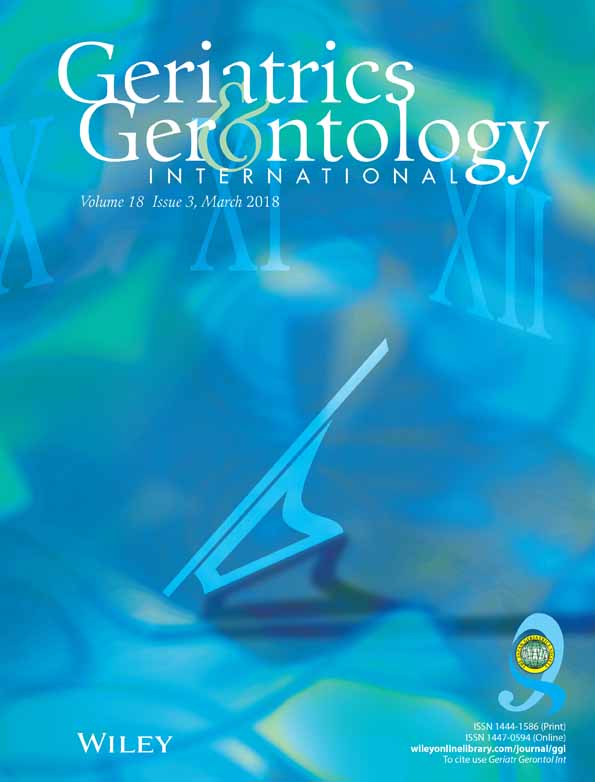Survival prediction among nursing home residents: A longitudinal study
Abstract
Aim
To determine the survival time and predictors of survival of residents in a nursing home.
Methods
Nursing home residents admitted from June 2008 (when the nursing home started operating) to December 2012 (n = 230) to a new nursing home in Hong Kong were prospectively followed. The predictors of survival in the residents were assessed annually, with the exception of those who did not want to continue with the study, or were hospitalized, discharged from the nursing home or died, to compare changes occurring from 2008 to 2012. Cox's regression analysis was used to examine the predictors of survival.
Results
A total of 66 of the nursing home residents (28.7%) died during the study period. The median length of survival was 20.46 months. Sex, the number of diseases, depressive symptoms, cognitive status and nutritional status were found to be significant predictors of survival.
Conclusions
It is crucial for healthcare providers to offer quality care to residents in long-term care to enhance their well-being in the final sojourn of their lives. Although there are no consistent reports of predictors in the international literature, it is important to address the modifiable predictors, as this might lead to improvements in the quality of life of the residents. Geriatr Gerontol Int 2018; 18: 428–433.




